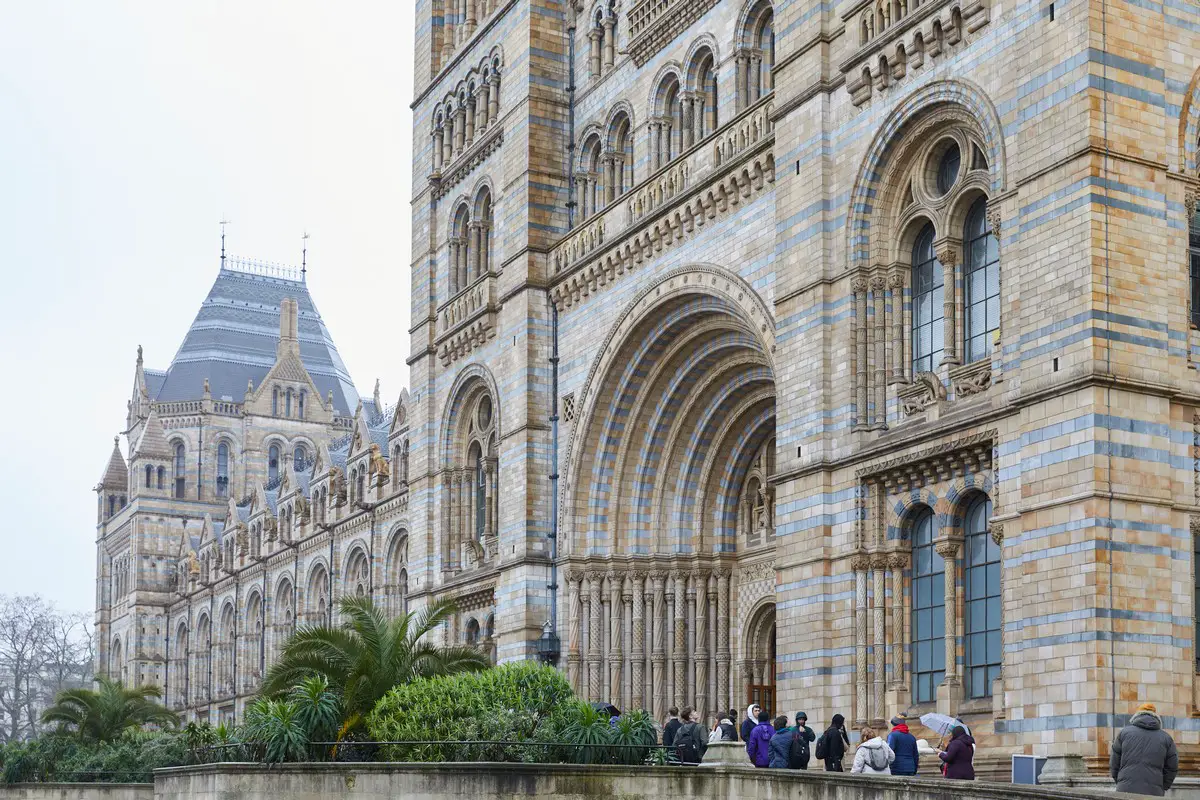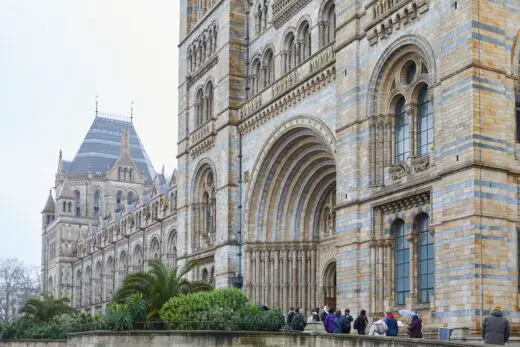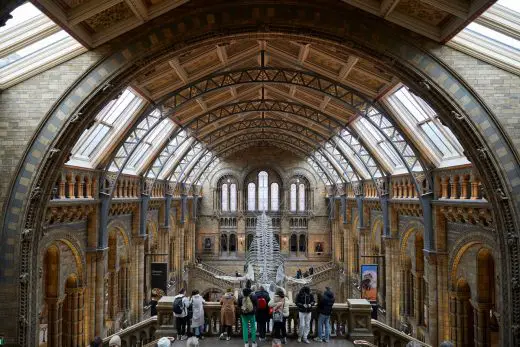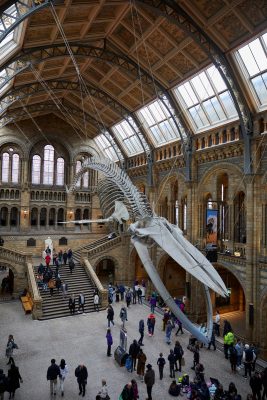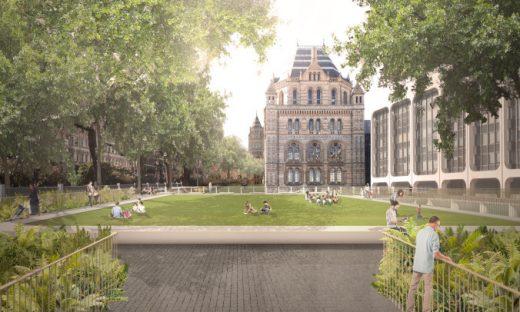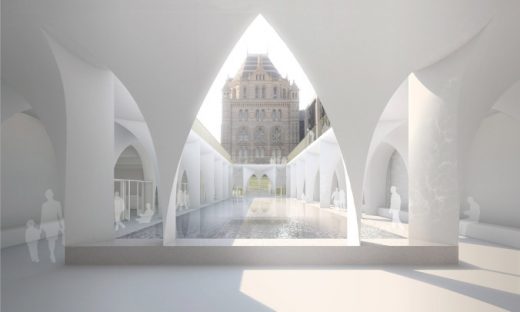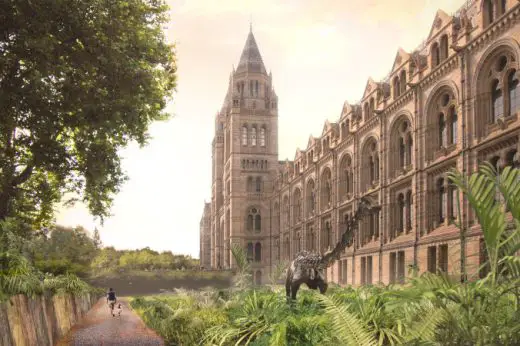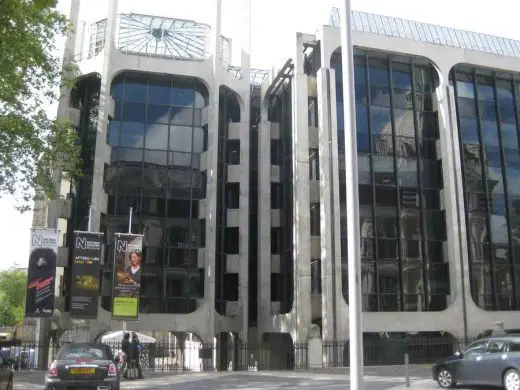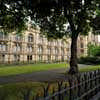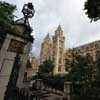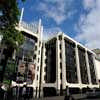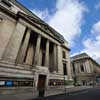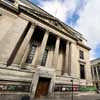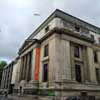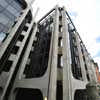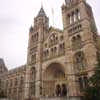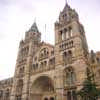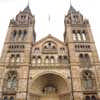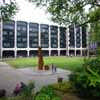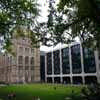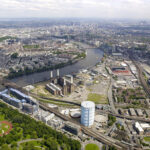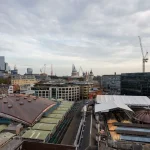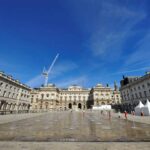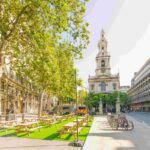Natural History Museum Building Pictures, Architect, NHM Location, Date, Níall McLaughlin Design Images
Natural History Museum London
NHM – South Kensington Museum: Architecture, west London design by Alfred Waterhouse Architect, England
24 May 2023
Art Fund Museum Of The Year 2023
This historic west London building has been shortlisted for a £120,000 prize, set to be announced on 12 July.
Art Fund, the UK’s national charity for art, today announced the five museums selected as finalists for Art Fund Museum of the Year 2023, the world’s largest museum prize:
Art Fund Museum of Year 2023 Winners
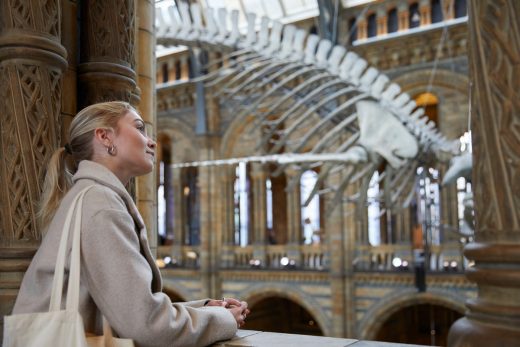
photos © Janie Airey Art Fund 2023
post updated 6 May 2021
Design: Níall McLaughlin Architects
27 May 2016
Natural History Museum scheme by Níall McLaughlin Architects goes in for planning
Natural History Museum London Transformation
Proposals to transform the surroundings of Alfred Waterhouse’s Grade I-listed Natural History Museum have been lodged with the Royal Borough of Kensington and Chelsea, reports the Architect’s Journal.
The NHM enjoys a generous landscape setting, with the most extensive open space of any of the London’s national museums, reports Níall McLaughlin Architects.
In partnership with Kim Wilkie, we have won the competition to re-imagine the entrance grounds of the museum and create a new civic public realm, a key part of which is improving the visitor experience for the 5 million visitors the Museum welcomes a year.
The project seeks to create an innovative setting that matches the visual excellence of the world famous Waterhouse building and Darwin Centre. A new approach and entrance sequence will provide a more integrated visitor experience and re-link the museum with the immediate vicinity of the newly pedestrianised zone of the Exhibition Road cultural quarter.
Website: Natural History Museum London design by Níall McLaughlin Architects
Níall McLaughlin Architects London
Natural History Museum London Building
Location: Cromwell Rd, South Kensington, SW7, west London, UK
Date built: 1881
Design: Alfred Waterhouse
Photo by Adrian Welch, 1 Oct 2012:
Main block + Modern extension building at corner with Exhibition Road:
Neo-Gothic building
Natural History Museum Grounds Design Competition – 19 Sep 2013
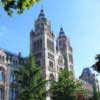
photo © MRC
Darwin Centre, west London
–
Design: HOK
Darwin Centre Phase Two, west London
2007-09
Design: C. F. Møller Architects
Architecture Competition win : Darwin Centre
New Buildings on Queen’s Gate, just northwest of Darwin Centre:
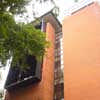
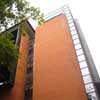

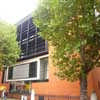
photos © Adrian Welch
Dinosaur Gallery
1992
Design: Herron Associates / Imagination
Earth Galleries
–
Design: Pawson Williams
Ecology Gallery
1991; dismantled 2006
Design: Ian Ritchie Architects
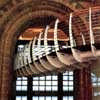
photo from Ian Ritchie Architects 2007
Natural History Museum Gallery
Wonders Exhibition / Reception
1993
Design: David Chipperfield Architects
Exhibition Road facade:
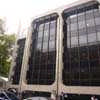
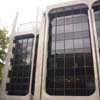
photographs © AW
Victoria & Albert Museum is located just to east.
Architect Alfred Waterhouse – designer of this famous English building
The Natural History Museum in London (NHM) is a museum exhibiting a vast range of specimens from various segments of natural history. It is one of three large museums on Exhibition Road in South Kensington, the others being the Science Museum and the Victoria and Albert Museum. The NHM’s main frontage, however, is on Cromwell Road.
The museum is home to life and earth science specimens comprising some 70 million items within five main collections: botany, entomology, mineralogy, palaeontology and zoology. The museum is a world-renowned centre of research specialising in taxonomy, identification and conservation. Given the age of the institution, many of the collections have great historical as well as scientific value, such as specimens collected by Charles Darwin.
The museum is particularly famous for its exhibition of dinosaur skeletons and ornate architecture, both exemplified by the large Diplodocus cast which dominates the vaulted central hall. The NHM Library contains extensive books, journals, manuscripts, and artwork collections linked to the work and research of the scientific departments; access to the library is by appointment only.
Although commonly referred to as the NHM, it was actually officially known as British Museum (Natural History) until 1992, despite legal separation from the British Museum itself in 1963. Originating from collections within the British Museum, the landmark Alfred Waterhouse building was built and opened by 1881, and later incorporated the Geological Museum. The Darwin Centre is a more recent addition, partly designed as a modern facility for storing the valuable collections.
Like other publicly funded national museums in the United Kingdom, the NHM does not charge an admission fee. The museum is an exempt charity and a non-departmental public body sponsored by the Department for Culture, Media and Sport.
The NHM has an ornate terracotta facade by Gibbs and Canning Limited typical of high Victorian architecture. The terracotta mouldings represent the past and present diversity of nature.
The foundation of the collection was that of the Ulster doctor Sir Hans Sloane (1660–1753).
Richard Owen was appointed Superintendent of the natural history departments of the British Museum in 1856. His changes led Bill Bryson to write that “by making the Natural History Museum an institution for everyone, Owen transformed our expectations of what museums are for”.
Owen saw that the natural history departments needed more space, and that implied a separate building as the British Museum site was limited. Land in South Kensington was purchased, and in 1864 a competition was held to design the new museum. The winning entry was submitted by the civil engineer Captain Francis Fowke, who died shortly afterwards.
The scheme was taken over by Alfred Waterhouse who substantially revised the agreed plans, and designed the façades in his own idiosyncratic Romanesque style which was inspired by his frequent visits to the Continent. The original plans included wings on either side of the main building, but these plans were soon abandoned for budgetary reasons. The space these would have occupied are now taken by the Earth Galleries and Darwin Centre.
Work began in 1873 and was completed in 1880. The new museum opened in 1881, although the move from the old museum was not fully completed until 1883.
Both the interiors and exteriors of the Waterhouse building make extensive use of terracotta tiles to resist the sooty climate of Victorian London, manufactured by the Tamworth-based company of Gibbs and Canning Limited. The tiles and bricks feature many relief sculptures of flora and fauna, with living and extinct species featured within the west and east wings respectively. This explicit separation was at the request of Owen, and has been seen as a statement of his contemporary rebuttal of Darwin’s attempt to link present species with past through the theory of natural selection.
The central axis of the museum is aligned with the tower of Imperial College London (formerly the Imperial Institute) and the Royal Albert Hall and Albert Memorial further north. These all form part of the complex known colloquially as Albertopolis.
Source: wikipedia
London Science Museum – older buildings, Exhibition Road:
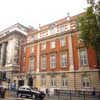
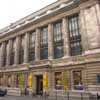
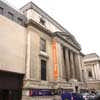
photos © AW
Natural History Museum London Photographs taken with Panasonic DMC-FX01 lumix camera; Leica lense: 2816×2112 pixels – original photos available upon request: info(at)e-architect.com
Location: Cromwell Rd, South Kensington, London, SW7 5BD, England, UK
London Building Designs
Contemporary London Architecture Designs
London Architecture Designs – chronological list
London Architecture Tours – tailored UK capital city walks by e-architect
Imperial College Building, Exhibition Road

Natural History Museum London : image © Adrian Welch
Key London Buildings
Ismaili Centre, 1-7 Cromwell Gardens
Comments / photos for the Natural History Museum Architecture design by Alfred Waterhouse Architect page welcome
Website: Natural History Museum, London

